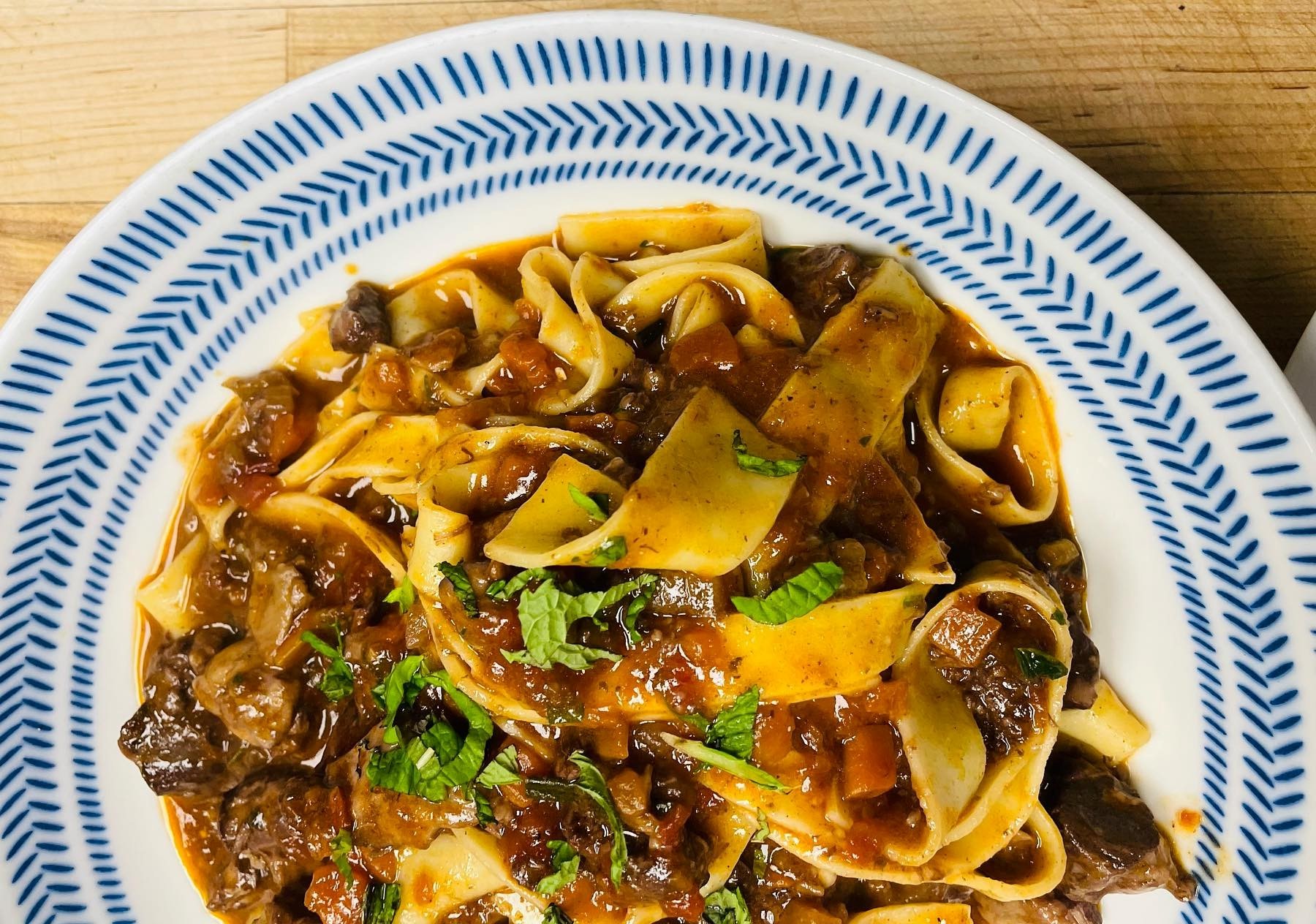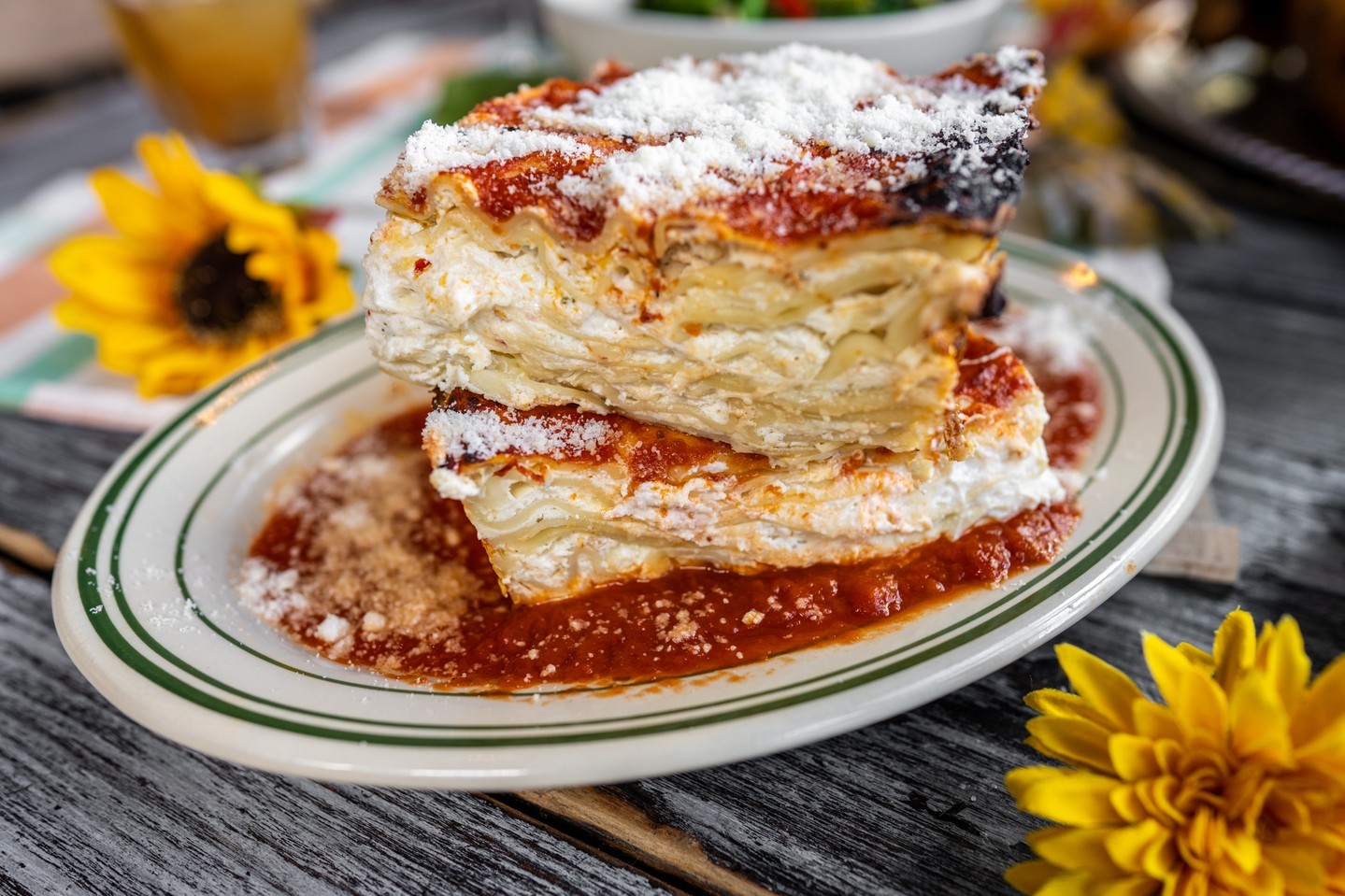Shape Up Your Pasta Game
News Based on facts, either observed and verified directly by the reporter, or reported and verified from knowledgeable sources.
A pasta’s shape is the winding (sometimes tubular, sometimes in the form of a bowtie) path to the perfect dish at these local Italian eateries.

Good morning! Today is Tuesday, June 14, and you are reading today’s section of Examiner+, a digital newsmagazine serving Westchester, Putnam, and the surrounding Hudson Valley.
Need to subscribe — or upgrade your Examiner+ subscription to enjoy full access to all of our premium digital content? Take advantage of our special FREE TRIAL OFFER.
Take Examiner+ on a test drive today at NO CHARGE for a full month. Enjoy full membership-level access to all of our premium local content, delivered straight to your inbox six times a week.
This is a political ad from Dana Levenberg for New York Assembly.

Here’s the thing about Italian cooking: the best dishes are simple. Any mind-blowing results come from the incredibly nuanced attention given to each ingredient. A great Italian dish might only have four elements, but each must be treated with reverence.
What the French have in complexity and technique, Italians have in intuition and expression; which leads us to our point: pasta shape is critical to a sauce’s best expression.
There’s a reason the lexicon of pasta includes over 350 iterations of the form. From ridges and curls to twists, tubes, and pockets and to shapes that resemble butterflies (farfalle) or little ears (orecchiette), the whimsy and beauty of pasta makes life taste metaphorically sweeter. But, more than that, each pasta shape is form and function at its finest.
It’s all about the balanced bite. The chew matters. The way the pasta catches or absorbs the sauce matters. The flavor of the pasta itself matters. Tradition matters, too.
There’s, of course, debate all around — from region to region and household to household. (Italians have strong feelings about this matter, to say the least.) But there are general concepts that can help you get a foothold. It’s not always about crazy rules (though they abound). Most of it, frankly, is just a matter of common sense and instinct.
It stands to reason that ribbed pasta (or pasta rigate) may, more effectively, catch a looser sauce while smooth pasta (or pasta lisci) may pair better with a tighter sauce. So, let’s dig in.
Dried pasta (or pasta secca) is made from durum semolina and water. Dried pasta is most ubiquitous and typically has less flavor than fresh pasta, so the sauce you prepare can be even more robust.
Fresh pasta (or pasta fresca) is made from wheat flour and, often, egg. Egg-based pastas typically have a rougher surface (which aids coating) and a richer flavor in general. Delicate, thin, fresh pastas must not be overwhelmed by sauce. Brown butter is nice. Maybe with a shower of thinly-grated truffles and parmigiana.
Heavier fresh pastas, like pappardelle or lasagna sheets, pair great with meat-based sauces like a lamb ragu or woodsy mushrooms.


Filled pastas like ravioli, tortellini, and cappellacci (which means hats because, well, they look like…) are often…
As a free subscriber, you are receiving this exclusive preview of a story delivered only to our paid members.
To read the rest of this story, and receive and enjoy all of our premium content, UPGRADE YOUR SUBSCRIPTION NOW and join Examiner+ as a paid member today!

Examiner Media – Keeping you informed with professionally-reported local news, features, and sports coverage.
